President Biden has failed to provide an explanation for the chain of custody for classified documents from his time as vice president discovered at three locations in his private residence in Wilmington, Delaware – in his library, in a room adjacent to the garage, and in a box in his garage where he keeps his Corvette–and at the Penn Biden Center offices in Washington, D.C., his base of operations during 2018 and 2019.
Biden left the White House from his role as Vice President on January 20, 2017, departing Washington, D.C. by train from Union Station to his home in Delaware the day Donald Trump was inaugurated as President.
Security logs documenting the movement of each of an estimated 20 classified documents that were in the possession of Vice President Biden when he left office in January 2017 and surfaced publicly in four separate locations six years later in January 2023 have, to date, not been produced or even mentioned by President Biden, his attorneys, the National Archives, spokespersons for the Biden administration, or the Department of Justice.
The classified documents included some top-secret materials with the “sensitive compartmented information” designation, according to a CNN report.
Sensitive compartmented information (SCI) is a type of classified information concerning or derived from sensitive intelligence sources, methods, or analytical processes. SCI at any classification level – top secret, secret or confidential – must be handled within formal access control systems and must be processed, stored, used or discussed within a Sensitive compartmented Information facility (SCIF).
The U.S. government’s General Services Administration is a decades-old independent agency that helps manage and support the basic functioning of federal agencies. One of its many functions is to manage thousands of federal buildings as well GSA-controlled SCIFs.
The GSA has a policy detailing the use of GSA-controlled SCIFs, which reveals, as an example, the tight controls over the facilities.
Additionally, GSA has procedures for preparing and transporting classified national security information.
Before a courier can transport classified material, the courier must receive authorization, which is completed by the issuance of a Courier Card or Letter of Authorization by the GSA Director of Personnel Security.
Logs are maintained by the Security Programs Branch and include the employee’s name, classification level of material to be transported, authorization issuance date, issuance time frame, location of travel, authorization expiration date, type of material authorized to carry and method of transportation.
Classified material must be prepared to be transmitted and received in a manner that ensures evidence of tampering can be detected, inadvertent access can be precluded and provides a method that assures timely delivery.
Two opaque envelopes are required, including an inner and an outer envelope, each with their own list of requirements.
GSA’s procedure requires that a transmittal sheet be completed by the courier for the transport of classified material, with a signed copy provided to the Site Security Manager.
While in transit, the courier must carry their authorization card or letter and GSA identification, proceed directly to the destination with no unnecessary convenience stops, maintain possession of the classified material at all times, never open, read, display or view the material in any public place or store in detachable storage compartments.
Prior written approval must be obtained in advance for transport by commercial transportation and arrangements must be made for overnight stops to secure the materials at the nearest approved storage facility.
Violations of the procedure will subject the courier to sanctions that may include reprimand, suspension without pay, removal, termination of classification authority, loss or denial of access to classified information or other sanctions in accordance with applicable law and agency regulation.
According to reports, the first classified documents discovered at the Penn Biden Center related to Iran, Ukraine, and the United Kingdom, presumably putting them under the purview of the State Department.
It is unclear which agency is responsible for chain of custody and SCIF management in the offices of the Vice President.
Star News contacted the GSA, the U.S. Department of State, current Vice President Kamala Harris, and former Vice President Mike Pence to determine what the classified document chain of custody procedures are in those organizations and if any records exist to document the movement of the classified documents from the offices of former Vice President Biden in 2017 to various locations discovered in 2022 and 2023.
The only response, attributable to a State Department spokesperson was, “The Department does not comment upon ongoing investigations.”
Several questions have been raised about whether Vice President Biden had the authority to declassify documents previously determined to be classified. In December 2009, President Obama issued an Executive Order which some claim gives the Vice President the authority to declassify documents.
The first batch of documents “unexpectedly discovered” by Biden’s personal attorneys at the Penn Biden Center, according to a timeline from Bob Bauer the long-time Democrat problem-solver attorney Biden brought on to manage the issue, was on November 2, 2022.
The Penn Biden Center for Diplomacy and Global Engagement, a highly custom and high-end 13,800 square foot suite within a larger office building located just a short distance from the White House on Constitution Avenue in Washington, D.C., celebrated its inauguration on February 8, 2018. Biden reportedly used the Center as his main office when he was in D.C. from mid-2017 until the start of his 2020 presidential campaign.
Anthony Blinken, Biden’s Secretary of State, was the Managing Director of the Penn Biden Center while he was a contributing opinion writer for The New York Times and a global affairs analyst for CNN, after holding the position of Deputy Secretary of State in the Obama administration.
Then, on December 20, 2022, according to Bauer, Biden’s personal attorneys inspected Biden’s Wilmington residence and garage and identified additional potential records bearing classified markings. The following day, Biden’s personal attorneys arranged for the Department of Justice (DOJ) to take possession of the records located in the Wilmington residence garage. More than two weeks later, on January 11, 2023, Biden’s personal attorneys again searched the Wilmington and Rehoboth Beach residence for additional classified documents.
President Biden confirmed on Thursday that the second batch of classified documents was found in the garage of his Delaware home where his 1967 Corvette is housed.
An additional record with a classified marking was located at the Wilmington residence, according to Bauer, in a room adjacent to the garage. The discovery prompted Biden’s attorneys to suspend their search and leave the document where it was located before proceeding to the Rehoboth Beach residence. The following day, Biden’s attorneys notified U.S. Attorney John Lausch of the additional classified materials found at the Wilmington residence and began the process of arranging for that material to be delivered to the DOJ.
It remains unclear where the classified materials President Joe Biden admitted to having at his Washington-based think-tank office and his Wilmington, Delaware residence were from the time of his departure from the White House on January 20, 2017, to the date of their accidental discovery in December 2020 and January 2023, who transported the classified materials and whether those who transported the classified materials have the proper security clearance or met strict procedures required for transporting classified materials.
– – –
Laura Baigert is a senior reporter at The Star News Network, where she covers stories for The Tennessee Star.
Photo “Joe Biden” by The White House.

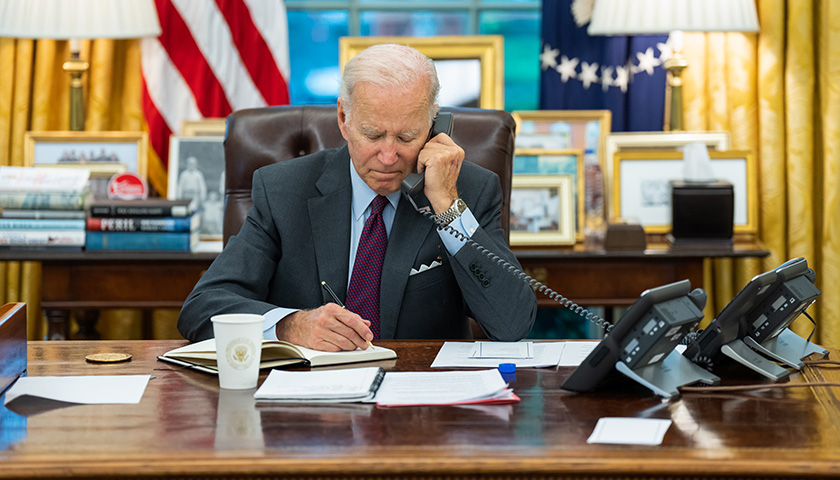

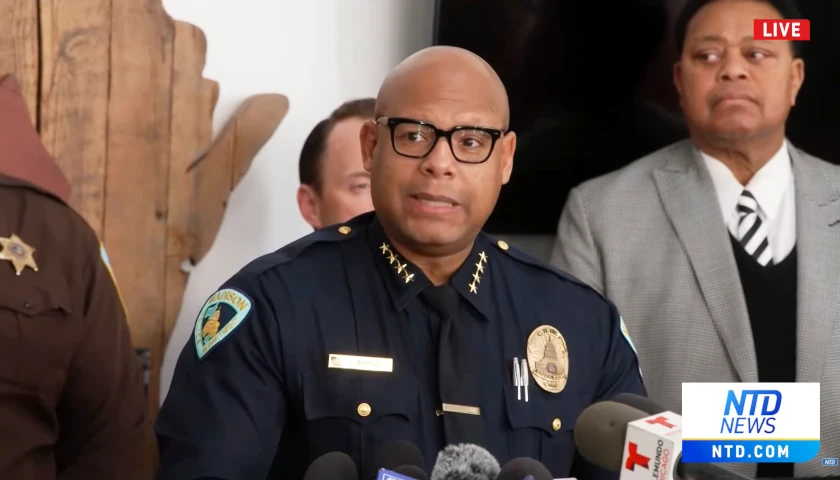
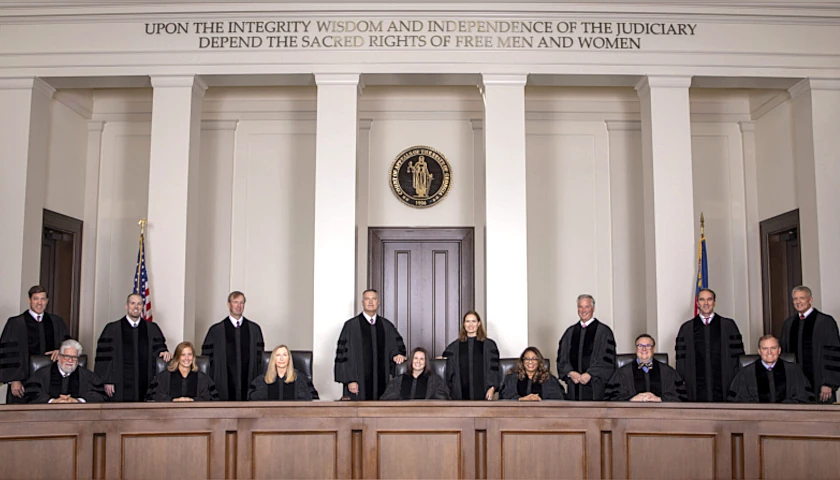
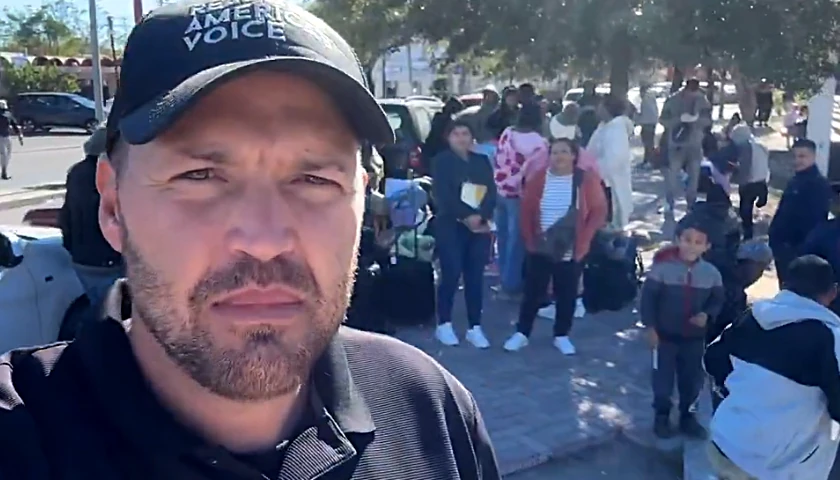
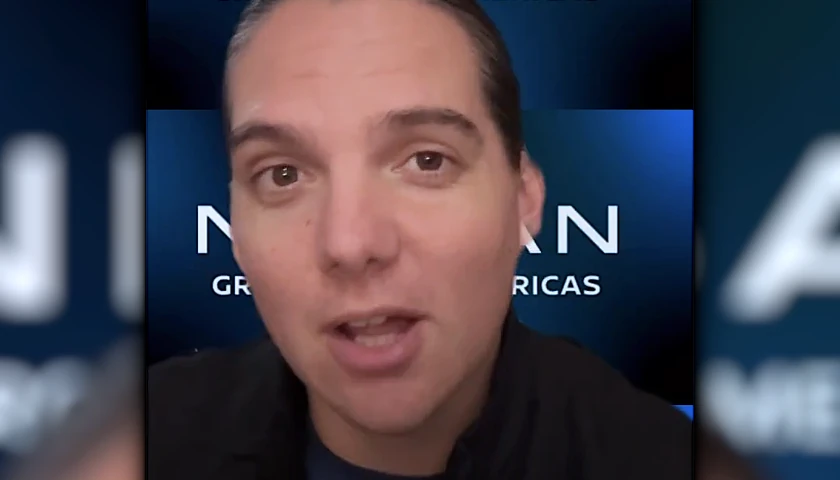
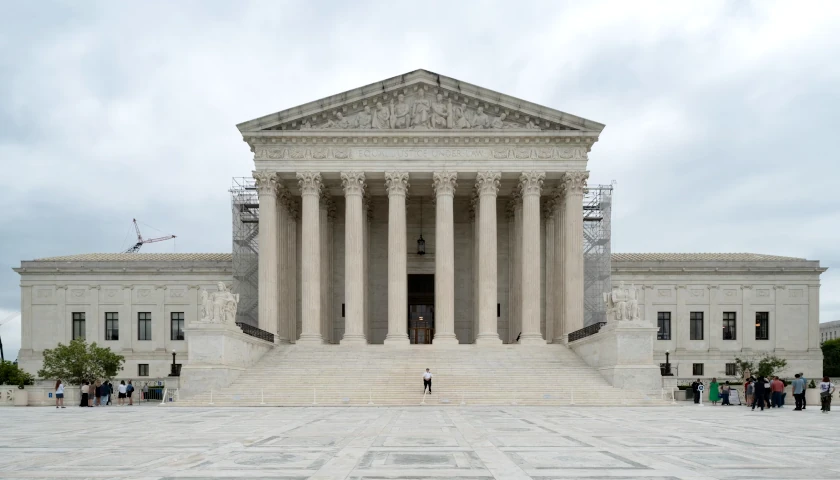

IN ON It day 1